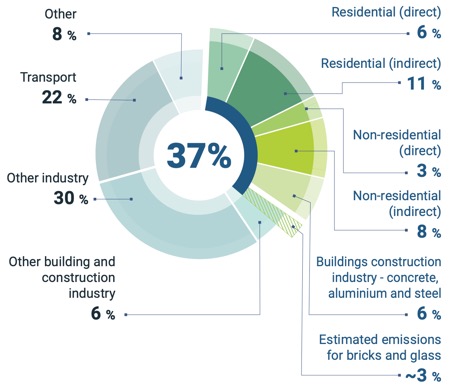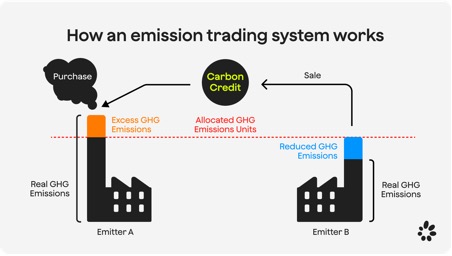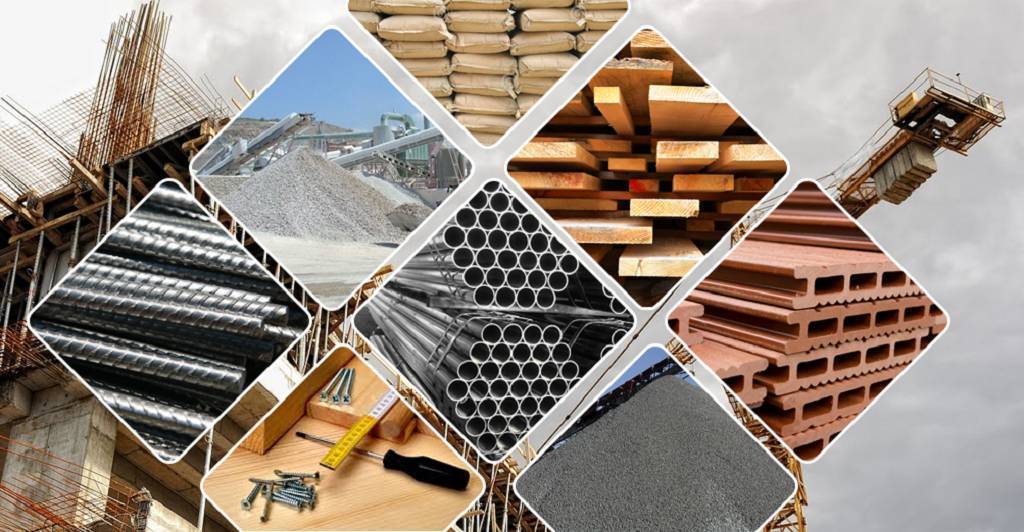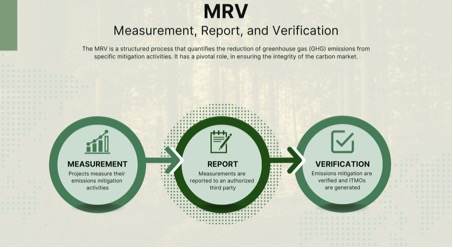
Share:
The construction industry is one of the largest sources of greenhouse gas emissions, accounting for around 37% of total global CO₂ emissions (IEA, 2022). The expansion of Emissions Trading Systems (ETS) beyond the energy sector into carbon-intensive industries — including building materials and operational processes — is reshaping the entire cost structure and competitive strategies of the construction sector.
1. Introduction

The construction industry is one of the largest sources of greenhouse gas emissions, accounting for around 37% of total global CO₂ emissions (IEA, 2022). The expansion of Emissions Trading Systems (ETS) beyond the energy sector into carbon-intensive industries — including building materials and operational processes — is reshaping the entire cost structure and competitive strategies of the construction sector.
2. ETS and the Cost of Carbon

ETS establishes an emission cap and allocates allowances to companies. Those exceeding their quota must purchase additional credits, while those reducing emissions can sell their surplus.
This mechanism turns carbon into an economic cost and a tradable asset.
In the construction sector, this means that both embodied carbon (emissions embedded in materials) and operational carbon (emissions during building use) will directly influence pricing structures.
3. Impact on Building Materials

High-emission materials such as cement, steel, and glass will face significant cost pressures.
A recent study published in the Journal of Cleaner Production found that ETS implementation significantly increases the cost of carbon-intensive materials, forcing the construction sector to shift toward products with transparent Environmental Product Declarations (EPD) and lower Life Cycle Assessments (LCA).
4. Technological Innovation and Carbon Management
ETS serves as a major driver of technological innovation.
Research by ICAP (2018) demonstrates a strong correlation between ETS adoption and the rise in low-carbon technology patents.
In the construction context, this is reflected through accelerated investment in low-clinker cement, electric arc furnace (EAF) steel, material recycling, and resource-efficient design.
5. Data Transparency and MRV Systems

To participate in ETS, companies must implement Measurement, Reporting, and Verification (MRV) systems.
This structure closely aligns with existing green building certifications (LEED, BREEAM, LOTUS) and EPD frameworks.
Enterprises that have already adopted such systems will streamline ETS compliance while enhancing data transparency.
A study published by Springer (Li et al., 2023) emphasizes MRV as a foundational pillar for building carbon trading systems within the construction industry.
6. Linkage with Green Finance
International financial institutions such as IFC, ADB, and AIIB increasingly tie funding eligibility to emission transparency.
Thus, carbon transparency is not only a regulatory requirement under ETS but also a prerequisite for accessing green capital.
This trend strengthens the connection between carbon governance and financial competitiveness in the construction sector.
7. Outlook for Vietnam
Vietnam has begun the pilot phase of its domestic carbon market in 2025, with full operation expected by 2028 (Reuters, 2025).
The steel and cement industries will be the first to be affected, but the impacts will inevitably extend across the entire construction value chain — particularly as the EU’s Carbon Border Adjustment Mechanism (CBAM) applies to Vietnamese exports.
8. Conclusion
ETS is redefining how the construction industry operates: shifting from a cost model driven primarily by materials and labor to one shaped by carbon costs, transparent data, and low-carbon technologies.
Enterprises that proactively adopt LCA, EPD, and green certifications before ETS becomes mandatory will secure a sustainable competitive advantage — both in market positioning and financial access.
Latest news
Special Highlights of COP30: When the World Looks to the Amazon for Climate Action of the Future
COP30 marks the 30th Conference of the Parties to the UNFCCC (United Nations Framework Convention on Climate Change).
Criticality Assessment: The First Step Toward Building Resilience
Europe is entering a major transformation in resilience thinking. Under the Critical Entities Resilience (CER) Directive, organizations are not only required to manage risks but also to understand, demonstrate, and maintain the elements that are “critical” to their operations, economy, and society.
Green Finance in Real Estate: Investment Opportunities and Strategies for Developers in Emerging Markets
The global real estate sector is both the largest source of emissions and the greatest investment opportunity in the journey toward net-zero. According to IFC (2025), greening the construction value chain could unlock USD 1.5 trillion in investment opportunities across emerging markets in the next decade.
LCA and EPD: Scientific Evidence for Transparency in Green Certifications
In today’s global context of increasing focus on sustainability, transparency in data has become a critical requirement in the construction industry. Two prominent tools that address this need are LCA (Life Cycle Assessment) and EPD (Environmental Product Declaration). Beyond helping projects earn credits in green building certification systems such as LEED or BREEAM, LCA and EPD are also long-term strategies to enhance credibility and value for projects.
ARDOR Green is recruiting the next generation of sustainable architects/engineers at the Bach Khoa Career Fair
Founded in 2005, ARDOR Architects has over 20 years of experience in architectural and urban planning consultancy, with participation in more than 150 projects and numerous international awards such as Top 10 Architects Ashui (2017) and BCI Asia Awards (2009, 2015, 2021).
From Commitment to Implementation of ESG in Vietnamese Enterprises
In today’s global context, ESG (Environmental – Social – Governance) is becoming a “new passport” for businesses. It is not only a factor that international investors and partners consider when cooperating, but also a competitive standard within global supply chains.
Build Green, Build with ARDOR Green







